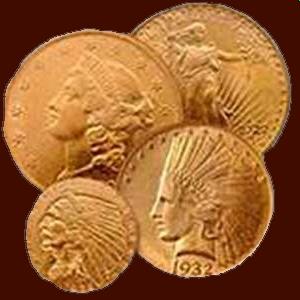




Looking After Your Finds - Identification - Rocks and Minerals

The Rarest Minerals on Earth
Powered By Sispro1

Fibulae1
Copyright All Rights Reserved by Nigel G Wilcox E-Mail: ngwilcox100@gmail.com
Designed by Nigel G Wilcox
Complimentary Topics
The Paragon Of Metal Detecting
& Archaeology
& Archaeology
Pages
Rarest Minerals on Earth
[1]
[2]
[3]
[4]
Main Coin Menu
Roman Coins
Menu
Menu
Member NCMD
R&M Index
Rarest Minerals on Earth: Russian Shungite
What makes shungite electrically conductive?
All three types of shungite rock can conduct electric current. Use any multimeter to check this. The presence of an amorphous form of Carbon in the composition of Russian rock is the reason for this phenomenon. This helpful property has directed scientific and technical laboratories to create various technological applications, such as batteries and electronics.
All three types of shungite rock can conduct electric current. Use any multimeter to check this. The presence of an amorphous form of Carbon in the composition of Russian rock is the reason for this phenomenon. This helpful property has directed scientific and technical laboratories to create various technological applications, such as batteries and electronics.
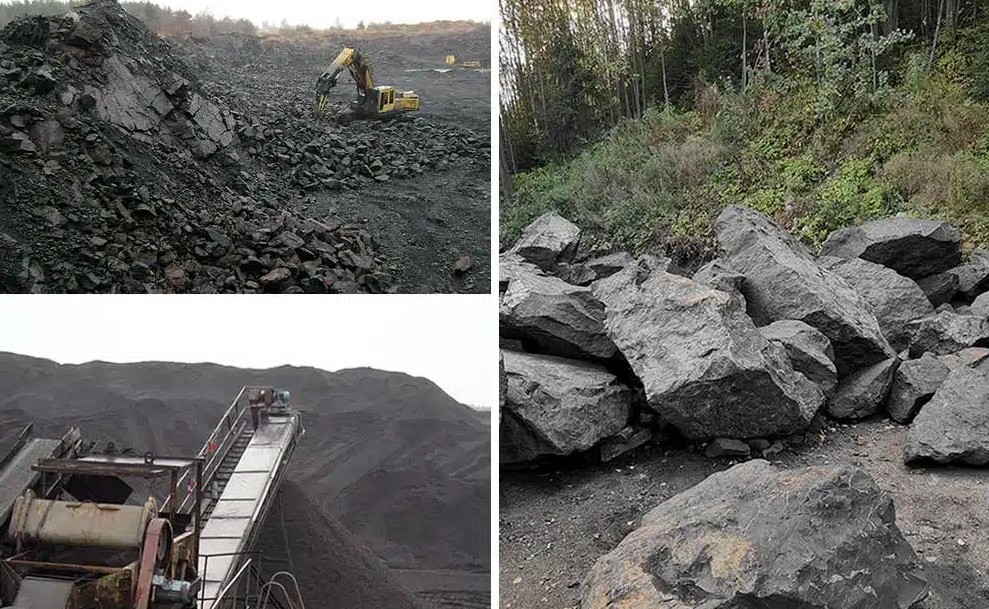
Mining of genuine shungite at the Zazhoginskoe deposit in Karelia (Russia).
Shungite Carbon
Carbon is a chemical element discovered by French scientist Antoine Lauren, who founded the modern science of Chemistry. At its discovery, carbon was called “clean coal.” In 1780, carbon appeared in the book Method of Chemical Nomenclature.
After that, the concept of “Clean coal” was changed to Carbon. Carbon is a chemical element that exists in many allotropic modifications. In modern science, there is a concept of “Allotropic modifications of carbon, ” a substance similar in composition but different in chemical structure.
Carbon is a chemical element discovered by French scientist Antoine Lauren, who founded the modern science of Chemistry. At its discovery, carbon was called “clean coal.” In 1780, carbon appeared in the book Method of Chemical Nomenclature.
After that, the concept of “Clean coal” was changed to Carbon. Carbon is a chemical element that exists in many allotropic modifications. In modern science, there is a concept of “Allotropic modifications of carbon, ” a substance similar in composition but different in chemical structure.
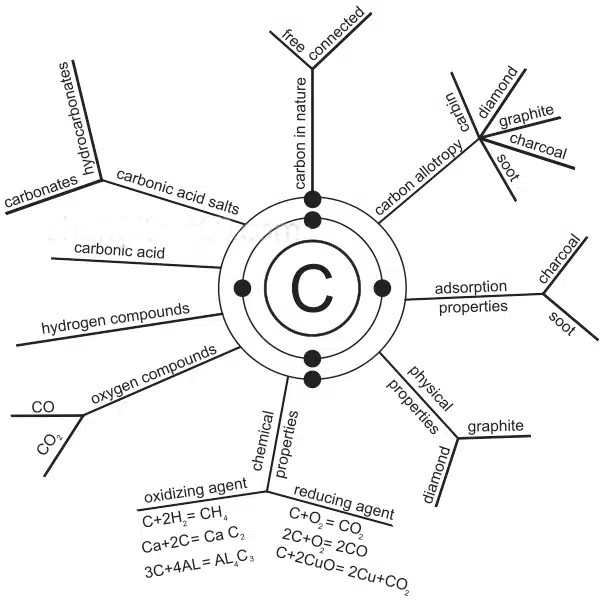
Fullerenes in Shungite Stone
Shungite, the remarkable carbon-based mineral, intrigues scientists and enthusiasts alike. One key factor contributing to its uniqueness is the presence of fullerenes, molecular structures that have revolutionized the world of chemistry. Let’s delve into the significance of fullerenes in the rock and their fascinating properties.
The Russian stone is a rare natural source of fullerenes, which has aroused the scientific community’s interest. Similar molecular compounds have not been found in any other substance.
These carbon structures are also known as “Globules.” They are the reason for the unique properties of shungite. Currently, scientists have managed to find another source of fullerenes, but this source is artificial.
Shungite, the remarkable carbon-based mineral, intrigues scientists and enthusiasts alike. One key factor contributing to its uniqueness is the presence of fullerenes, molecular structures that have revolutionized the world of chemistry. Let’s delve into the significance of fullerenes in the rock and their fascinating properties.
The Russian stone is a rare natural source of fullerenes, which has aroused the scientific community’s interest. Similar molecular compounds have not been found in any other substance.
These carbon structures are also known as “Globules.” They are the reason for the unique properties of shungite. Currently, scientists have managed to find another source of fullerenes, but this source is artificial.
Types of Shungite: Classifications
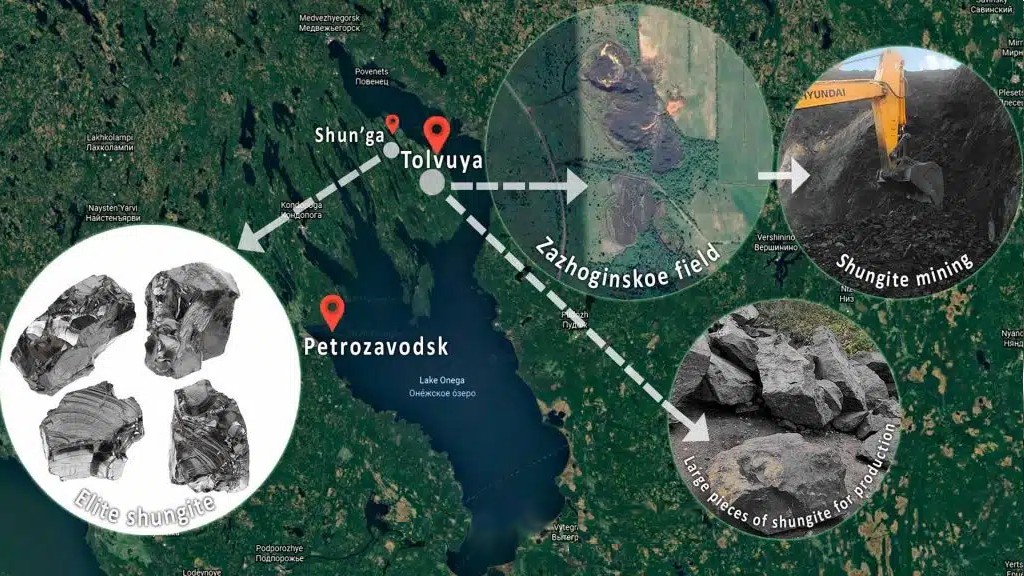
Karelian rock deposits of classic and silver type 1
Type 3: Regular
First, we will look at the most common type: shungite, which is black and looks like coal. This type is classified as type 3, classic, or regular. Scientists have become fascinated with this black stone worldwide.
This black mineral is very amenable to processing and is best suited for manufacturing various souvenir products. In addition, if we talk about the ability to purify water and protect it from electromagnetic waves of different frequencies, we will mean this particular black mineral type 3.
First, we will look at the most common type: shungite, which is black and looks like coal. This type is classified as type 3, classic, or regular. Scientists have become fascinated with this black stone worldwide.
This black mineral is very amenable to processing and is best suited for manufacturing various souvenir products. In addition, if we talk about the ability to purify water and protect it from electromagnetic waves of different frequencies, we will mean this particular black mineral type 3.

The black genuine shungite stone type 3 in Nature
On the territory of Karelia, there are many different shungites. For their classification, a simple scheme of carbon content in the rock is used (P. A. Borisov). However, there are other ways of classifying these ancient Precambrian rocks from other researchers, which more fully reflect the idea of the breed. They consider rocks in terms of chemical composition, history, and formation conditions.
In addition, the very scientific definition of Russian rock has changed over time and among different researchers. Moreover, scientists may call it a rock or a mineraloid, depending on its carbon content, but not a gem.
In addition, the very scientific definition of Russian rock has changed over time and among different researchers. Moreover, scientists may call it a rock or a mineraloid, depending on its carbon content, but not a gem.
Type 2: Petrovsky
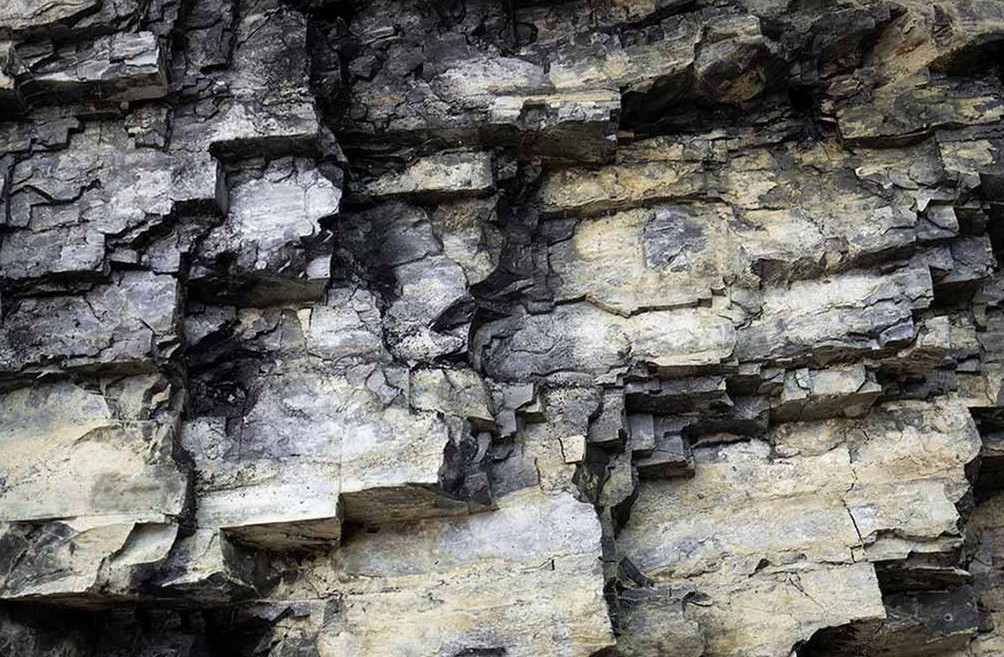
Petrovsky shungite
Petrovsky shungite occurs at the Shunga deposit and contains 35-75% of the unique Carbon. This type of mineral is in the middle between the first and third types regarding the reserve amount. So its reserves are much less than a stone type 3 but more than that of type 1.
Type 2 rock has a gray matte, low-gloss graphite color, and parallelepiped jointing. The photo shows that the gray stone is, as it were, divided into rectangles or cubes. These external characteristics reminded geologists of anthracite. Therefore, at first, they called this shungite “Onega anthracite” (after the name of Lake Onega).
Due to its external resemblance to anthracite coal, the study of the rock in the Russian Empire began intensively in 1877. However, it turned out that the Russian black stone is not coal and is economically unwise for heating furnaces.
An important fact is that we do not process Petrovsky minerals to produce rock products in Karelia. We and other production facilities cannot process them on an industrial scale and make products from them because of the physicochemical properties of type 2. In addition, we know that the reserves of the gray stones of the second type are tiny. Therefore, we now offer nuggets of the Petrovsky mineral type only for collections.
Type 2 rock has a gray matte, low-gloss graphite color, and parallelepiped jointing. The photo shows that the gray stone is, as it were, divided into rectangles or cubes. These external characteristics reminded geologists of anthracite. Therefore, at first, they called this shungite “Onega anthracite” (after the name of Lake Onega).
Due to its external resemblance to anthracite coal, the study of the rock in the Russian Empire began intensively in 1877. However, it turned out that the Russian black stone is not coal and is economically unwise for heating furnaces.
An important fact is that we do not process Petrovsky minerals to produce rock products in Karelia. We and other production facilities cannot process them on an industrial scale and make products from them because of the physicochemical properties of type 2. In addition, we know that the reserves of the gray stones of the second type are tiny. Therefore, we now offer nuggets of the Petrovsky mineral type only for collections.
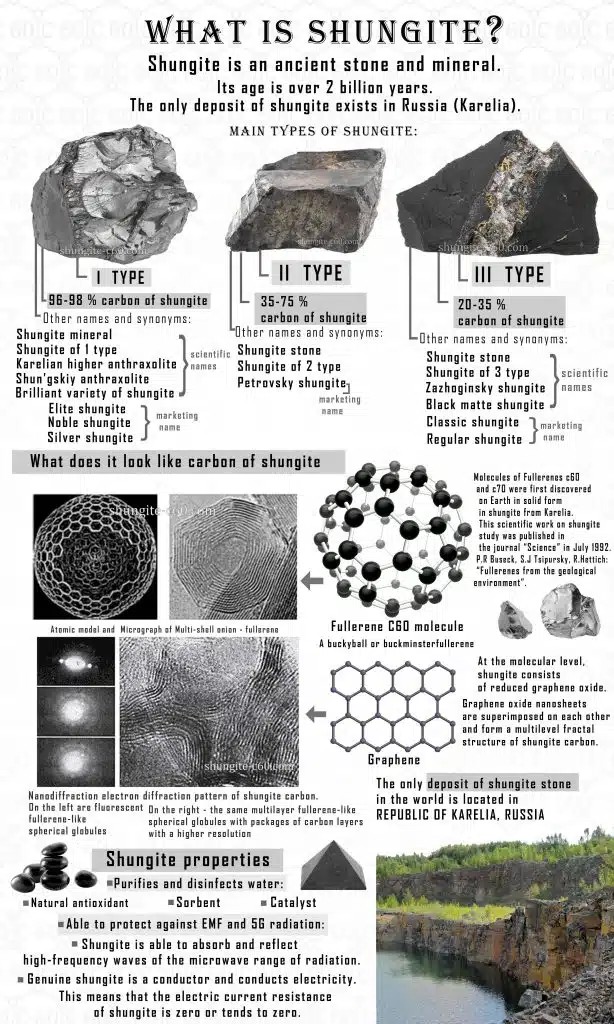
Courtesy: shungite-c60.com





















